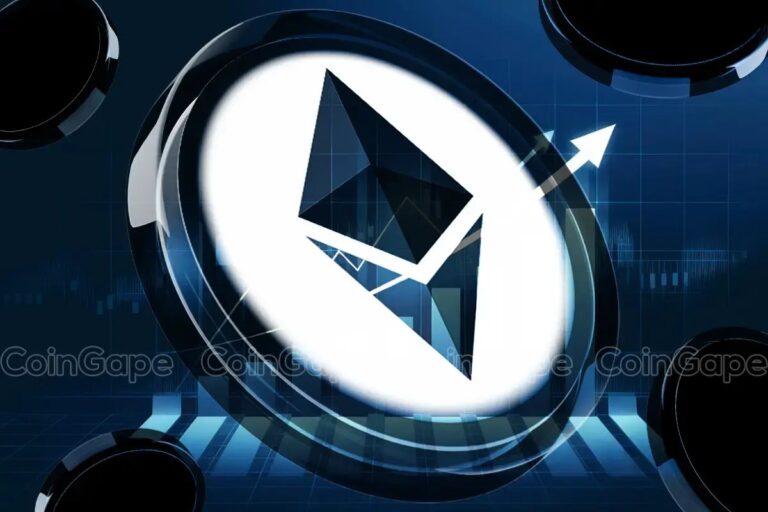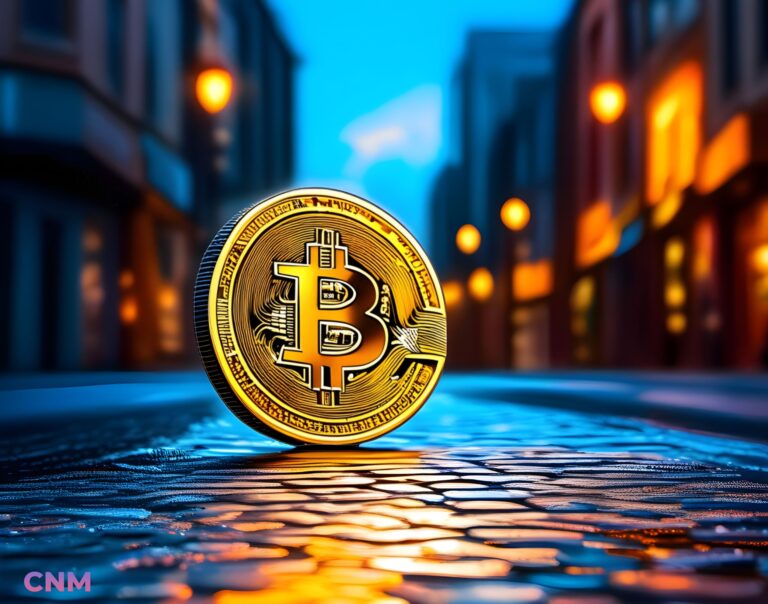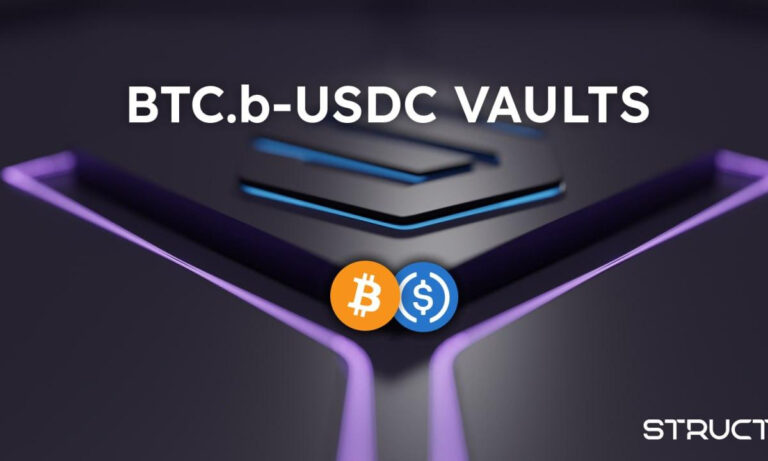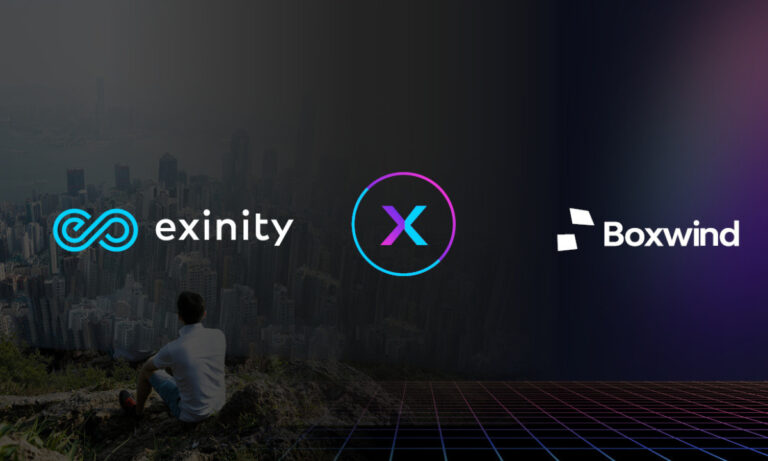Cardano’s Rise to the Top: How Hydra Upgrade Aims to Propel ADA Forward

- Cardano (ADA) recently shook up the cryptocurrency community with the launch of its innovative Hydra version, but the anticipated price surge failed to materialize.
- Hydra update introduces code optimizations that bolster on-chain performance and security, while also providing additional functionalities to the Cardano network, including the operation of fresh API endpoints.
The exciting news broke as Cardano developer Sebastian Nagel took to Twitter to unveil the latest update (codenamed X). The latter’s overview revealed the compatibility of this upgrade with both Cardano Node version 8.1.2 and IOG’s Mithril protocol.
A host of enhancements was bundled into this release, including performance boosts and improvements to the Application Programming Interface (API). This transformative upgrade, known as Hydra, now boasts brand-new API endpoints, making it more accessible for Web3.0 developers and researchers.
On top of that, the v0.12.0 update introduces code optimizations aimed at elevating both the on-chain performance and security of Hydra. This isn’t Hydra’s first stride forward; it previously advanced from v0.10.0 to v0.11.0, yielding defined advantages. This upgrade brought complete isomorphism with Layer-1, along with timed transaction support and eagerly awaited commit from external wallets. Recently, the Hydra team diligently refined the protocol’s specification to align with recent on-chain alterations, concurrently streamlining snapshot emission for enhanced compiling times and more compact Plutus scripts via an update to GH 9.2.7.
New #Cardano #Hydra release: version 0.12.0
– Support cardano-node 8.1.2 + Mithril bootstrapping
– New API endpoints
– Improved off-chain performance and securityJust in time for our Hydra master-class next week at #RareEvo23 and online. Register here: https://t.co/OoSkPDtjqG
— Sebastian Nagel (@ch1bo_) August 18, 2023
Simultaneously, the Mithril team has been hard at work on their end. A new contributor has joined the Hydra team, actively overseeing the Hydra head. This contributor’s engagement extended to participation in the Intersect open source committee meeting and preparation for an educational initiative named RareEvo’s upcoming Hydra masterclass.
In the realm of Mithril, a cleanup campaign has been underway to enhance clarity and reduce log verbosity in aggregator nodes. In addition, they’ve streamlined the process for verifying a signer’s registration status, enhancing overall efficiency.
In simpler terms, the Hydra update introduces code optimizations that bolster on-chain performance and security, while also providing additional functionalities to the Cardano network, including the operation of fresh API endpoints. Projections even place Cardano’s price prediction at $0.37 by year-end.
Cardano might rank above Bitcoin (BTC) and Ethereum (ETH)
It’s important to recognize that Cardano lags behind Bitcoin and Ethereum significantly in terms of market capitalization. As of the current moment, Cardano holds the eighth position among cryptocurrencies, boasting a market value of $9.05 billion, Bitcoin holding $508,696,638,179, while Ethereum stands at $198,983,074,413.
Charles Hoskinson, in his analysis, suggests that the governance models of Bitcoin and Ethereum, which he deems inefficient, could potentially pave the way for Cardano to surpass them in the long run.
Hoskinson specifically highlights Bitcoin’s vulnerability stemming from its unchanging design. Notably, the world’s largest cryptocurrency has maintained the same design for over 13 years. Additionally, he points out Ethereum’s dismissal of on-chain governance as a potential long-term weakness for the project, particularly as it garners millions of users.
While many cryptocurrencies have consolidated their gains from the July rally, like Cardano (ADA), people are curious about whether ADA, the eighth-largest cryptocurrency by market capitalization, could reach or surpass its all-time high (ATH) from 2021 and reach $5.
Various factors could potentially contribute to Cardano reclaiming its ATH and moving towards the $5 mark, either independently or in combination:
1. Ecosystem Growth: As Cardano advances its technology, network upgrades, and development milestones, successful implementation of key features could attract more users and investors, impacting ADA’s price. An example is the launch of Mithril, a protocol to enhance node sync efficiency, decentralization, and certificate chains.
2. Mass Adoption: Wider adoption of Cardano for real-world applications like dApps, DeFi, and NFTs could drive demand for ADA and boost its price.
3. Major Partnerships: Collaborations with prominent companies, such as the Africa Blockchain Center and telecommunications giant Vodafone, could contribute to Cardano’s success. Partnerships like these could drive adoption and innovation.
4. Regulatory Environment: Positive regulatory developments can impact the crypto industry’s performance. Favorable regulations can help cryptocurrencies, including Cardano, thrive amid global regulatory challenges.
5. Market Sentiment: The overall sentiment in the crypto landscape can influence specific assets like Cardano. Positive news and bullish sentiment in the industry can drive investment.
Presently, Cardano is priced at around $0.229, with a 1.8% increase in the last 24 hours and a 1.65% decrease over the past week. The interplay of these factors will likely shape Cardano’s journey towards reclaiming its ATH and potentially reaching the $5 mark.














